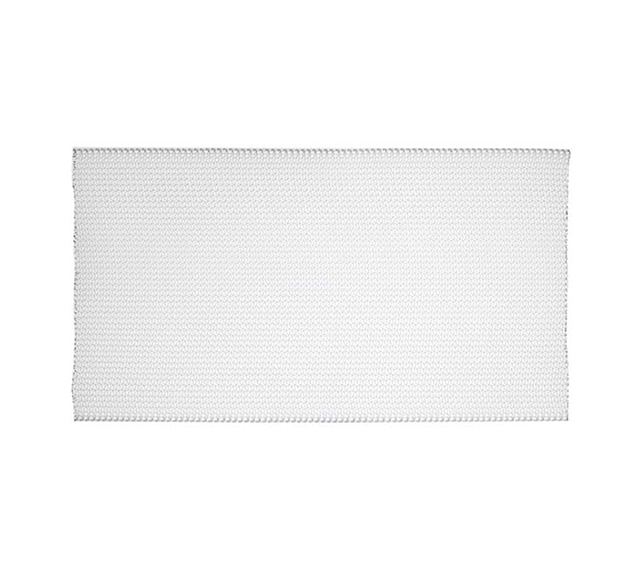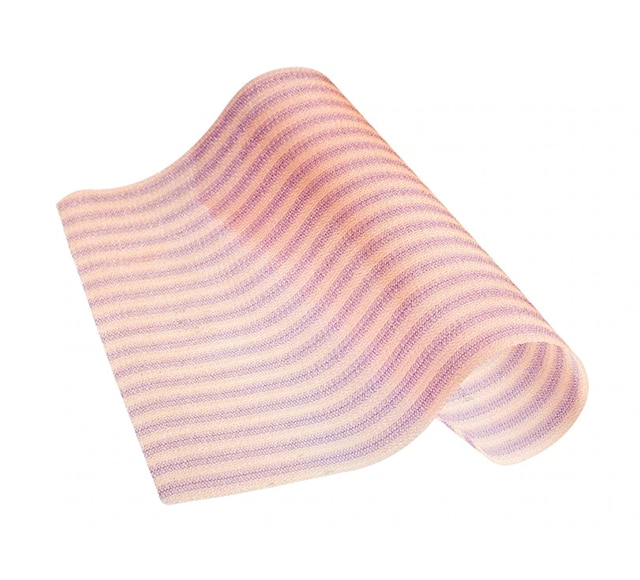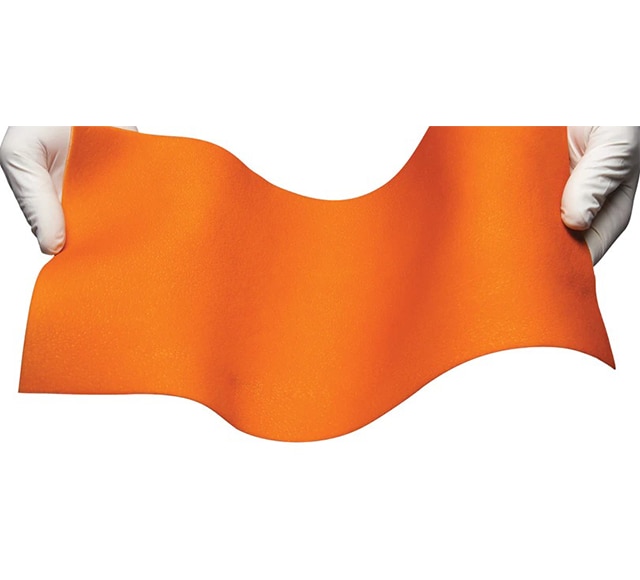In a hernia repair surgery, a mesh implant is often used to reinforce the weakened tissue of the abdominal wall and close the opening. As a patient, it's important to know that you have multiple mesh and surgical options.
Historically, non-mesh surgical options, such as sewing the edges of existing healthy tissue together to cover the hernia, were used and may still be considered for smaller hernias.1 Plastic, or synthetic, mesh has been used in hernia repairs for many years. However, natural, absorbable mesh options are also available.
Your health care provider will help you to decide which surgical and mesh option is right for you.
The Potential Benefits of Surgical Mesh
Studies have shown that the use of surgical mesh for hernia treatment surgery has the potential to speed up the recovery process—making it possible for patients to resume their normal activities sooner.2 Due to the high likelihood of recurrence, surgeons often use surgical mesh to strengthen the hernia repair and reduce the rate of a hernia happening again.3
Surgical mesh may also improve patient outcomes through decreased operative time and minimized recovery time. However, recovery time is different for every patient and depends on the type and location of a hernia, surgical approach, and patient's condition both before and after surgery.3
Surgical Mesh Options
Innovations in surgical mesh are enabling new pathways for repair options. Synthetic mesh has been the standard in hernia repair for decades. However, new meshes, such as bioresorbable, have been introduced for hernia repair. Learn more about each mesh option on our Mesh Options page.

Synthetic mesh made from plastic materials (e.g., polypropylene, polyester, etc.) is a permanent implant used to strengthen the abdominal wall and remain in the body to provide support to the site of the repair.4

Bioabsorbable (also known as resorbable or bioresorbable) mesh is a fully absorbable mesh made of natural biomaterials that is intended to work with your body to rebuild your tissue. The mesh is designed to dissolve over time leaving new tissue growth to support the site of the repair with no foreign material left behind.4

A biological graft is an implant derived from animal or human tissues. It is most often used in complicated hernia repair procedures. Similar to bioabsorbable mesh, biologic grafts are intended to degrade completely over time while continuing to support the repair even after the graft dissolves.4
Risks Associated with Surgical Mesh
While surgical mesh has been shown to improve patient outcomes, there is a risk for complications including pain, infection, and mesh adherence to internal organs (erosion).3 To treat any of these conditions, additional surgical procedures may be required. Additionally, some individuals may have an allergic or inflammatory reaction to types of meshes.
Be sure to discuss your options with your healthcare provider to determine what course of treatment is best for you.
The guidance provided in this article follows general rules that should be discussed with your doctor. This article is for informational and educational purposes only. It does not substitute for medical advice. If in doubt, always consult your doctor.
Related Articles
Join the HerniaInfo.com community! Get notified about our latest articles and updates on all things hernia as they become available.


